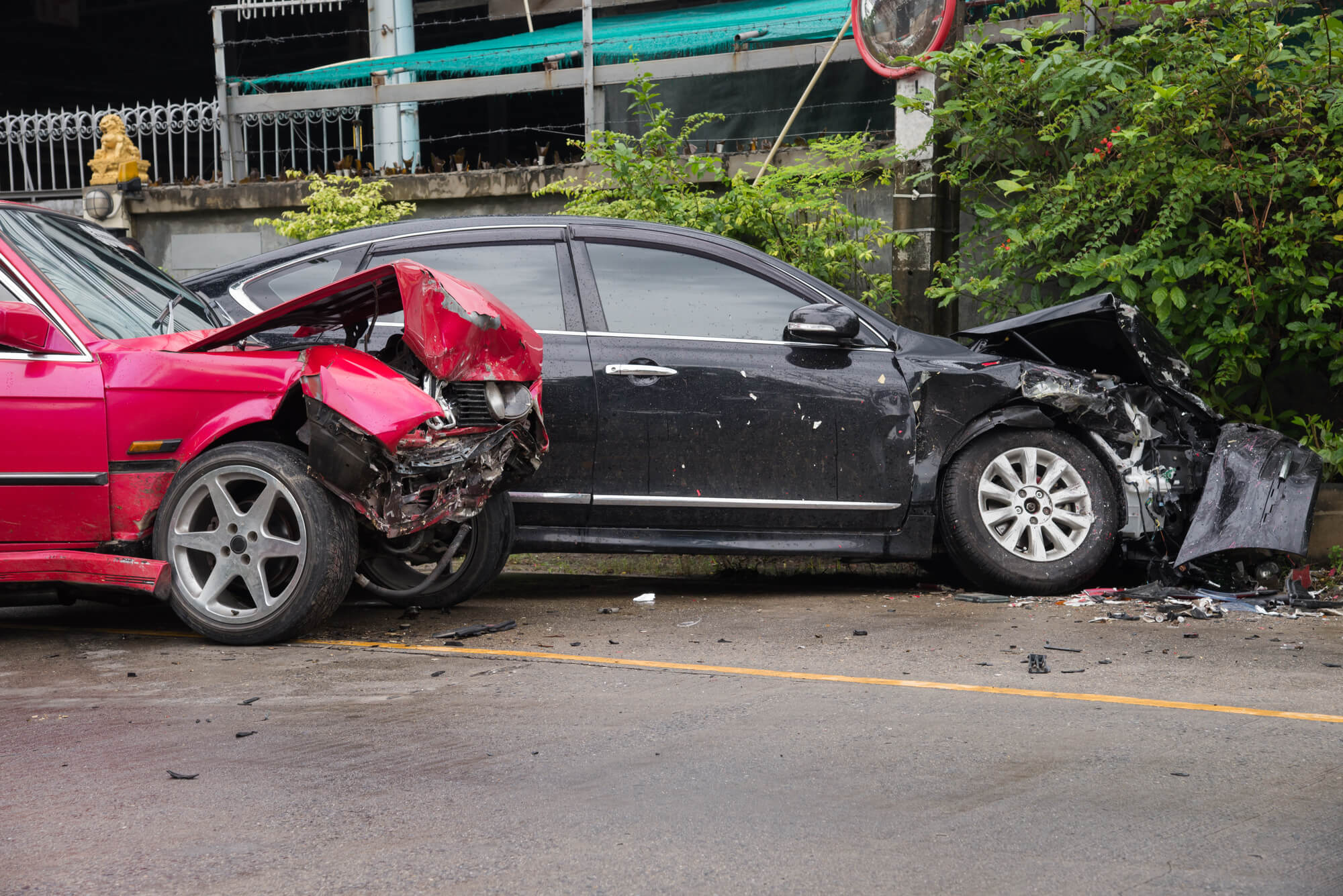The Top 5 Types of Evidence to Prove Your Car Accident Case in Michigan
You will often hear about the importance of collecting evidence after a car accident in Michigan. However, some evidence can hold far more weight than other types in an accident claim. Of course, your attorney will let you know what evidence will work best for your case. And, there’s no such thing as too little evidence. Nevertheless, here are some examples of the most important types of evidence you can procure for your claim.
1. Police Reports form the Foundation of Your Claim
Your police report will have information you might need but aren’t able to gain on your own, such as important information about the other driver. The police report can include additional information such as the names of witnesses, weather and road conditions, and other pieces of information that can help your case or bolster the strength of your other evidence.
The report provides an objective account of the accident, which helps establish liability and the sequence of events. You can typically obtain a copy of the police report from your local law enforcement agency. Some agencies even have convenient online tools for obtaining the report as well.
2. Eyewitness Statements Offer Independent Perspectives
If someone unrelated to the events saw the accident take place, then a statement from that person can become powerful evidence. An eyewitness can corroborate your story from an independent perspective. While this is a key type of evidence, it’s not always easy to get a statement from someone.
If possible, you or someone with you should ask for contact information and numbers from witnesses. There’s also a chance that eyewitnesses approached the law enforcement agent who responded to the accident. In that case, you may find some of the information you need regarding witnesses already on the police report.
3. Medical Records Document Injuries and Treatments
Medical records give the best possible testimony to any injury claim. You typically must prove your injuries were a result of the accident, and detailed medical records can make that fact abundantly clear. Medical records can include diagnoses, doctor’s notes, treatment plans, prescriptions, x-rays, associated bills, and other information that can tie directly into your case, claim, and potential compensation for damages.
4. Photographs and Videos Give Visual Proof
Pictures help establish clear visual evidence. If possible, take pictures of the accident scene, damage to the vehicles, injuries, the layout of the road, and road conditions. If you’re not able to take the pictures, enlist the help of someone close by. Try to take clear, clean pictures and use a variety of angles for each one.
Also, take pictures of things that provide relevant information, such as license plates, logos, VINs, and anything else you see that you might later need. If you have a dashcam or something similar, even better.
5. Vehicle Damage Documentation Shows Extent of Damage and Repair Estimates
Fixing your vehicle after an accident can cost quite a bit, even from what sometimes seems like mild damage. Make sure to keep receipts of all costs and estimates associated with repairing your vehicle. Vehicle damage represents a top economic loss, and you’ll want to show that with your receipts, invoices, and other related documentation.
While these five types of evidence can go a long way toward helping your claim, they’re not the only types of evidence you should collect. If you’re unsure of what else you might need, speak to a Detroit car accident lawyer about how best to proceed.

